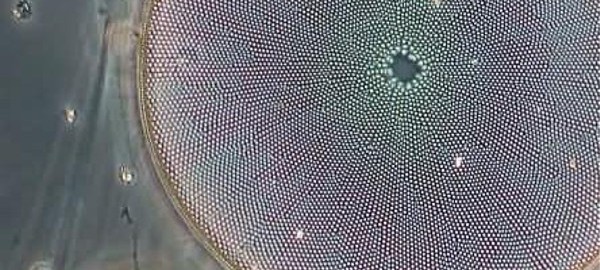Idealized equilibrium models have attributed the observed size structure of marine communities to the interactions between nutrient and grazing control. In a new paper in the Journal of Plankton Research Ben Ward and co-authors Stephanie Dutkiewicz and Mick Follows examine this theory in a more realistic context using a size-structured global ocean food-web model, together with a much simplified version of the same model for which equilibrium solutions are readily obtained.
Both models include the same basic assumptions: allometric scaling of physiological traits and size-selective zooplankton grazing.
According to the equilibrium model, grazing places a limit on the phytoplankton biomass within each size-class, while the supply rate of essential nutrients limits the number of coexisting size classes, and hence the total biomass, in the system.
The global model remains highly consistent with this conceptual view in the large-scale, annual average sense, but reveals more complex behaviour at shorter timescales, when phytoplankton and zooplankton growth may become decoupled.
In particular, this work shows temporal and spatial scale dependence between total phytoplankton biomass and two key ecosystem properties: the zooplankton-to-phytoplankton ratio, and the partitioning of biomass among different size classes.
Paper:
Ben A. Ward, Stephanie Dutkiewicz and Michael J. Follows (2014), Modelling spatial and temporal patterns in size-structured marine plankton communities: top–down and bottom–up controls, J. Plankton Res. (2013), doi: 10.1093/plankt/fbt097
First published online: October 31, 2013
